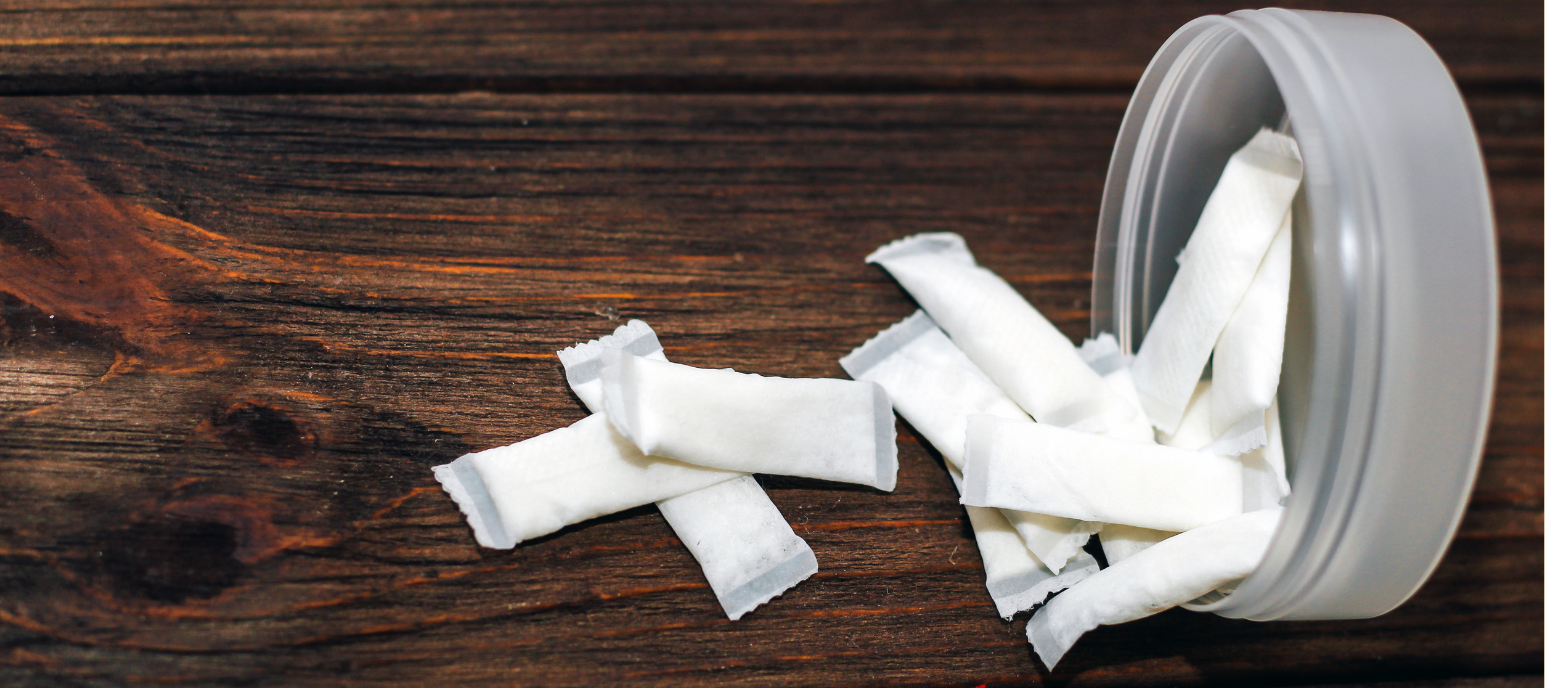Radon: What’s Your Story?
Let’s set the scene of this story. The setting is your home. You are the main character. The minor characters are those that live with you in your home. The plot starts with you all thinking your home is your haven, yet there is conflict. Danger lurks, and radon is silently invading your home. The journey begins with your resolution to free your home from radon. If you haven’t guessed it already, there is a nasty villain in this story – radon. Your story can have a happy ending.
The villain, radon is an odorless, tasteless, invisible, and dangerous radioactive gas that escapes from the rocks and soil your home is built upon.
The Environmental Protection Agency (EPA) reports that 1 in every 15 homes in the United States is estimated to have elevated radon levels. Levels tend to be higher in Wisconsin and Minnesota with up to 40% of homes having high radon levels. In persistent exposures or large quantities, radon can damage the lining of your lungs, making breathing problems worse, and even causing lung cancer.
Radon is a gas produced from the natural decay of uranium and radium, found in water, rocks and soil. The soil around your home is porous and radon levels are often higher in lower levels and basements. This gas is radioactive, a dangerous form of chemical activity also known as radiation. Radioactive radon gas moves up and enters your living spaces through the soil around your home, no matter the age or construction of your home.
When you inhale the radon gas, these fine particles expose your lungs to small amounts of radiation. Breathing high levels over time increases the risk of lung cancer. Nationally, the EPA estimates that about 21,000 people die each year from radon-related lung cancer. Smoking is the only other thing that causes more deaths from lung cancer. Smoking and secondhand smoke, combined with exposure to high radon levels, further increases your risk of lung cancer. Radon exposure has no symptoms and is truly a “Silent Killer.”
Back to the story plot. How did that radioactive villain get into your home?
Radon typically enters through cracks in the foundation caused by natural settling and windows. A basement provides a large surface area in contact with the soil, and radon can enter through different pathways. Like basements, homes built on slab-on-grade have many openings that allow radon to enter. Since crawl spaces are directly connected to the soil, they create the perfect pathway for radon to enter homes, and in manufactured homes, the solid skirting acts like a crawl space and supplies a direct connection to the soil. But whatever the type of foundation, any home can have a problem.
The Scene. In the Midwest, the soil is the main source of radon, where it occurs naturally. The pathways for the gas to get in are unavoidable. They include open tops of block walls, mortar joints, sump pump baskets, pores and cracks in concrete blocks or slabs, exposed soil such as a crawl space, or even just the floor and wall joints. Differences in air pressure between your home’s interior and the soil can pull radon gas into your home through these pathways.
To add further complexity to the scene, homes commonly operate at a lower (negative) pressure compared to the outside air. This pressure difference creates a vacuum and outside air can be pulled into the home through openings like doors and windows. Some of this replacement air comes from the soil.
Expel the Villian! Test. Fix. Save a Life. The story journey begins with you recognizing that radon is a health hazard that has a simple solution. Test. Fix. Save a life. These words come directly from the EPA’s website and help us move further into the plot of this story. It is time to discover if your home has high radon levels. The simple solution to this invisible health hazard is to test your home. Testing is really the only way to know your level of exposure.
The EPA and the Surgeon General recommend that all homes be tested. Testing kits can be found at hardware or home maintenance stores. They are about $20 or less and are easy to use, typically taking 2-7 days for results. Since there is no safe level of radon, you should always aim for the lowest level. The EPA recommends 4 pCi/L or less. (picocuries per liter of air). When the level is higher than 4 pCi/L, the EPA recommends calling a qualified professional who can install a radon mitigation system.
Take action to reduce levels. Whether or not levels are high in your home, you are in control of reducing the levels and bringing a happy resolution to your story. If your home’s radon level is from 2pCi/L through 4 pCi/L and is not above 4 pCi/L, there are ways you can keep levels as low as possible in your home:
- Increase air flow in your house by opening windows and using fans and vents to circulate air
- Don’t depend on natural ventilation in any type of home; it is only a temporary strategy
- Seal cracks in floors and walls with plaster, caulk, or other materials designed for this purpose
- Test before and after any renovations, especially after making any repairs to reduce levels
- Test before making any lifestyle changes in the home that would cause someone to spend more time in the basement or lower level, like converting a basement to a bedroom
Buying or Building a Home? The seller does not have to test for radon. As a buyer, insist on it. If the levels are high, you can negotiate costs and mitigation with the seller. Also, ask about radon-resistant construction techniques if you are buying a new home. It is almost always cheaper and easier to build these features into new homes than to add them later.
The Happy Ending. There is no doubt our villain, radon, is a silent, sneaky threat. But the good news is this threat can be minimized. You are the main character and can also be the hero in this story, keeping your home and your loved ones safe.
An Important Sub-Plot. Don’t be the victim of a double-whammy threat. If you smoke or vape, reach out to ViaroCare’s Breathe Free Nicotine Cessation instructor to reduce, or stop the use of nicotine. Smoking significantly increases the risk of lung cancer from radon.
Resources
Find a Radon Test Kit or Measurement and Mitigation Professional | US EPA
EPA Map of Radon Zones and Supplemental Information | US EPA
Heidi Kutz
Education Specialist, ViaroHealth
For questions or comments, contact wellness@viarohealth.com.



